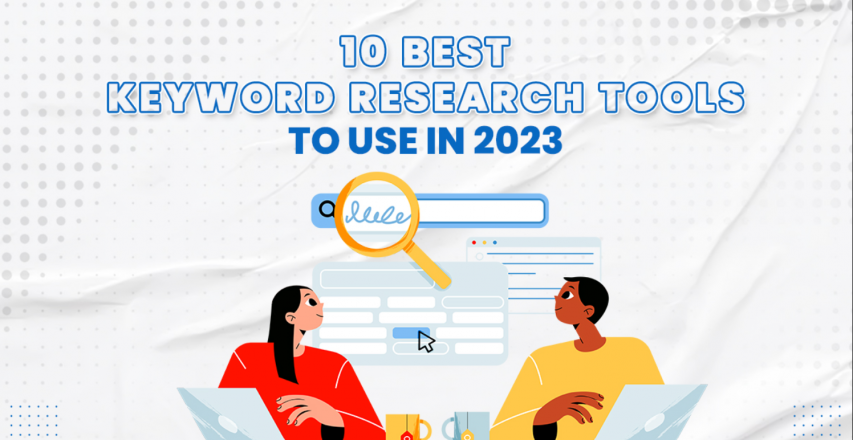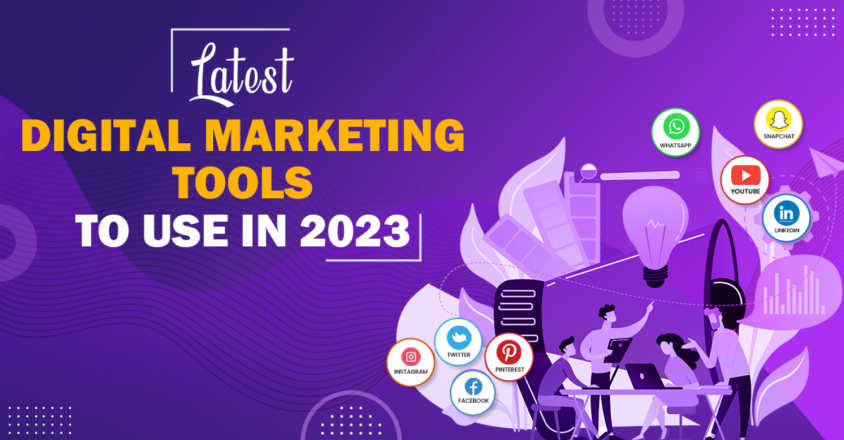In today’s fast-paced digital landscape, creating effective digital marketing campaigns is crucial for businesses looking to reach and engage their target audience. An effective campaign requires a lot of hard work and dedication right from its initial stage until its final stage of presentation. With the right strategy and execution, digital marketing campaigns can generate leads, boost brand awareness, and drive sales. In this step-by-step guide, we’ll walk you through the process of creating and executing a successful digital marketing campaign.
Step 1: Set Clear Goals
There might be endless options in your wishlist for a campaign but it is essential to set your goals before you dive into creating a digital marketing campaign. There may be several goals you want to focus on however, there are a few goals that are worth considering and should be your foremost priority such as :
- increasing website traffic
- generating leads
- improving brand awareness
- driving sales.
Make sure your goals are measurable, attainable, and aligned with your overall business objectives.
Step 2: Understand Your Target Audience
A successful digital marketing campaign begins with a deep understanding of your target audience. Regardless of your budget, the more you know about your audience, the more appealing campaigns you can make for them. Conduct thorough market research to identify your ideal customer’s demographics, interests, pain points, and online behavior. This information will help you create content and messaging that resonates with your audience. You can also survey your existing customers or hire a marketing agency to identify your niche market.
Step 3: Choose the Right Digital Channels
Selecting the appropriate digital channels to reach your target audience is crucial. Your choice of channels will depend on your goals and your audience’s preferences. Common digital marketing channels include:
- Social Media: Platforms like Facebook, Instagram, Twitter, LinkedIn, and TikTok can be effective for brand awareness, engagement, and lead generation.
- Email Marketing: Email campaigns are great for nurturing leads and maintaining customer relationships.
- Search Engine Marketing (SEM): Pay-per-click (PPC) advertising on search engines like Google can drive targeted traffic to your website.
- Content Marketing: Creating valuable blog posts, videos, and other content can help establish authority and attract organic traffic.
- SEO (Search Engine Optimization): Optimising your website and content for search engines is essential for long-term visibility.
Step 4: Develop High-Quality Content
Content is the heart of any digital marketing campaign. Create content that provides value to your audience and aligns with your campaign goals. This can include blog posts, infographics, videos, eBooks, webinars, and more. Ensure your content is well-researched, engaging, and optimised for SEO.
Various companies outsource content creation tasks to freelancers or agencies so that they get enough time to plan and strategise. You may also choose to outsource or create content yourself.
Step 5: Craft Compelling Messaging
Your campaign messaging should be clear, concise, and persuasive. Highlight the benefits of your products or services and address your audience’s pain points. Use a consistent tone and style across all marketing materials to reinforce your brand identity.
Step 6: Set a Budget
For any digital marketing campaign, you must decide on a budget. You will be glad to know that digital marketing is cheaper than conventional marketing. Determine how much you’re willing to invest in your digital marketing campaign. Allocate your budget across different channels and tactics based on your goals and expected returns. Be prepared to adjust your budget as needed throughout the campaign.
You will have to keep a few factors in mind before determining a budget like hiring a digital marketing company, running Facebook or Google ads. Deciding early on the amount of money to be spent in the planning phase of campaigns will determine your goals and strategies.
Step 7: Implement and Monitor
Launch your campaign and closely monitor its performance. Use analytics tools to track key performance indicators (KPIs) such as website traffic, conversion rates, click-through rates, and social media engagement. Continuously analyse the data and make adjustments to optimise your campaign’s performance.
Step 8: Engage with Your Audience
Engagement is crucial for the success of your digital marketing campaign. Respond to comments, messages, and feedback from your audience on social media and other platforms. Engaging with your audience helps build trust and strengthens your brand’s online presence.
Step 9: Test and Refine
A/B testing is a valuable technique to improve your campaign’s effectiveness. Experiment with different ad copy, images, headlines, and calls to action to identify what resonates best with your audience. Use the results to refine your campaign for better results.
Step 10: Analyse and Report
At the end of your campaign, analyse the data to evaluate its success against your initial goals. Create a detailed report that highlights key insights, what worked, and what didn’t. Use this information to inform future campaigns and strategies.
Here are a few ways you can analyse the performance of a campaign.
- Time spent on a page.
- Number of website visits.
- Click-throughs and referrals from paid ads.
- Engagement on social media.
Bottomline
In conclusion, creating effective digital marketing campaigns requires careful planning, execution, and ongoing optimization. By following this step-by-step guide and staying attuned to the ever-evolving digital landscape, you can increase your chances of achieving your marketing goals and growing your business online. Remember that digital marketing is not a one-size-fits-all approach, so be prepared to adapt and evolve your strategies to meet the changing needs of your audience and industry.





